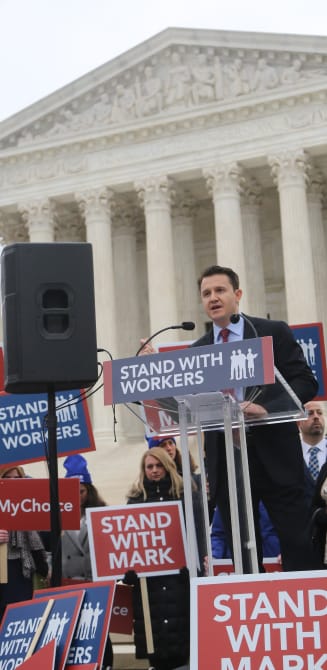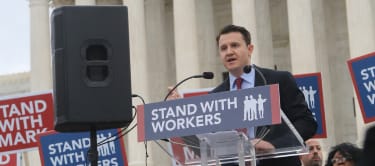February 26, 2020
By Trevor Bratton
History tends to repeat
itself, and Los Angeles has a history of using coercive housing regulations to
get what it wants. Back in the 1950s, city officials used eminent domain to seize
the land that ultimately became home to Dodger
Stadium. Today, the Los Angeles City Council wants to leverage eminent
domain yet again—and not only is this constitutionally questionable, but it’s terribly
illogical.
This time, the city is
looking to confiscate
a private apartment complex—Hillside Villa—and turn it into affordable rental
units, saying that this is needed to help answer the problem of rapidly
decreasing affordable
housing stock. Nearly two-thirds of city land is zoned for
residential housing, but 75%
of it is for single-family residence only. Single-family zoning may seem
harmless, but its indirect effects still weigh on minority communities,
creating homogeneous neighborhoods of abundant wealth and locking out
lower-income minority families from the opportunities these neighborhoods
provide.
Why is the city
focusing on Hillside Villa? In 1988, a 30-year contract (which expired in August
2018) between the apartment’s landlord and Los Angeles established a deal to
provide housing below market rates in exchange for government funding. After
some deliberation between the current landlord and government officials, late
last month a city
councilman took the next step by filing a motion
to use eminent domain to seize the complex – literally taking the complex out
of the hands of a private owner.
Of course, there are
terrible, unfortunate ramifications
to rapid rent hikes, bringing certain displacement for several of Hillside
Villa’s loyal residents. But the vitriol that has landed on landlords’
shoulders is largely misplaced. The city has been in possession of this
contract for 30 years and has just
now decided to take a stand in support of tenants. Why should the landlord’s
property be confiscated after abiding by a contract the government permitted?
The city argues that seizing
the property is necessary to provide affordable housing supply. But if that’s
truly its concern, why did the Los Angeles City Council oppose
SB 50—a bill that could have drastically increased housing supply and reduced
single-family residence zoning? Median housing prices in Los Angeles sit near $1
million, while median monthly rent for a one-bedroom apartment is about
$2,360.
These sky-high rates, due to a market where demand far exceeds supply, is
literally the definition of a sellers’
market. Did landlords and realtors cause this problem? No—government
did by creating webs of red tape and restrictive zoning. Hillside Villa isn’t
alone; there are many
more private properties in Los Angeles that await a similar fate.
Los Angeles has a good
example for how to protect property rights immediately to the east. In 2006,
Arizona voters enacted a Goldwater Institute reform, the Property
Ownership Fairness Act, to prevent unjust seizure of land by
ensuring government can only take private property for purely public use and
requiring government to compensate property owners when government regulations
cause a decrease in their property value. Requiring government to weigh the
costs and benefits of the regulatory burdens they impose helps discourage
excessive regulation and abuse.
When government does regulate to provide a “public
good,” the costs should be borne by the public at large, rather than falling on
a single person or a small group. In its decade-plus existence, Arizona’s law
has achieved enormous
success in achieving these goals. By enacting the same law, Californians
can protect themselves from instances like Hillside Villa happening again.
Trevor
Bratton is a Policy Analyst Fellow at the Goldwater Institute.









